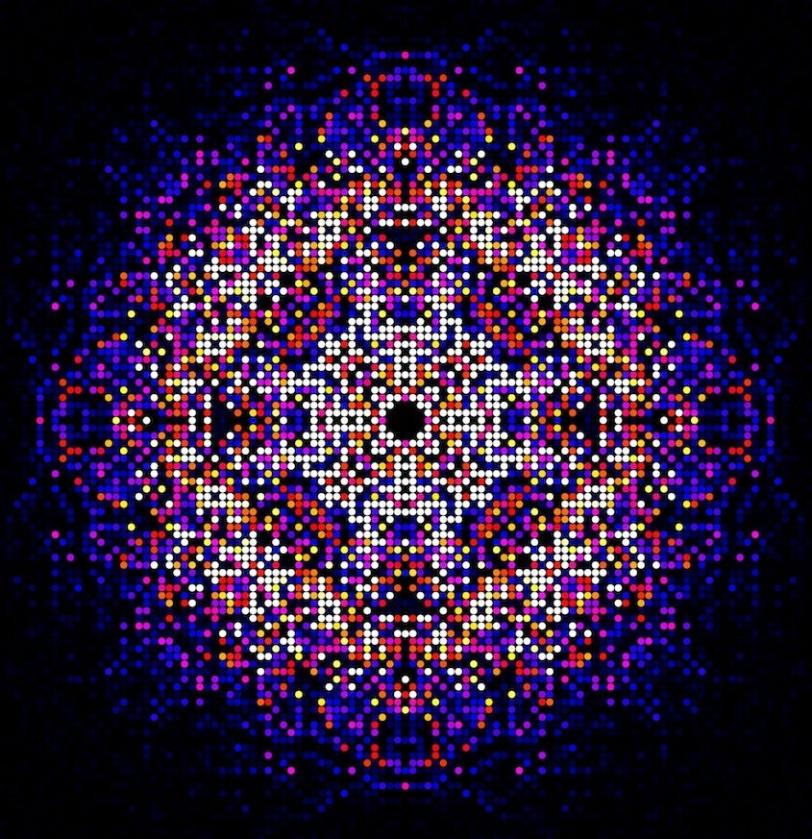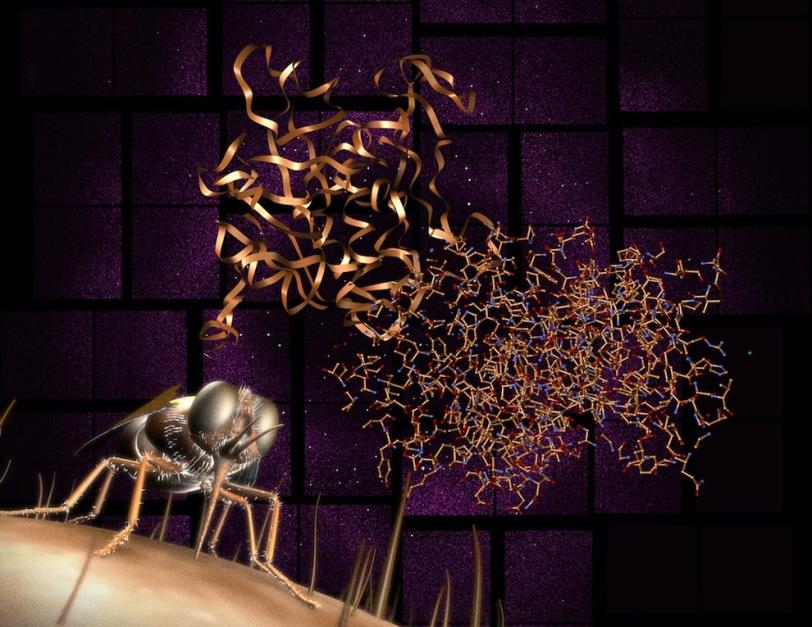X-ray Laser Research Ranks in Science Magazine's Top 10
Research at SLAC's powerful X-ray laser that could lead to the development of specialized drugs to better combat African sleeping sickness has been recognized by Science magazine as one of the nine runners-up to its selected science "Breakthrough of the Year": the discovery of what appears to be the Higgs boson.
By Glenn Roberts Jr.
Research at SLAC's powerful X-ray laser that could lead to the development of specialized drugs to better combat African sleeping sickness has been recognized by Science magazine as one of the nine runners-up to its selected science "Breakthrough of the Year": the discovery of what appears to be the Higgs boson.
Scientists aimed the Linac Coherent Light Source X-ray laser at thousands of tiny crystallized samples of an enzyme that serves as a natural inhibitor to the transmission of sleeping sickness in order to model its complex structure in 3-D (see SLAC press release "X-ray Laser Helps Fight Sleeping Sickness"). The Science article states that the success at LCLS "shows the potential of X-ray lasers to decipher proteins that conventional X-ray sources cannot."
The article also notes that other powerful X-ray lasers are now operating or under construction around the globe, and states that a "grand goal" is to push X-ray imaging techniques to their "ultimate limit and use an X-ray laser to decipher a protein structure by zapping individual molecules ... some researchers say the new result suggests that objective may not be too far out of reach."
"We are very excited about these results and this recognition," said Uwe Bergmann, LCLS deputy director. "Our congratulations go to the research team and to the SLAC staff who made this possible. After many efforts in understanding and demonstrating how the laser works, we are now starting to answer important questions. Structural biology is one example, and there are other areas taking advantage of the unique capabilities provided by the LCLS."
The recognition for LCLS's groundbreaking structural biology research is not the only achievement cited by Science in which SLAC scientists played a part. Science’s top choice, the announced discovery of a Higgs-like particle, benefited from SLAC's contributions: some SLAC researchers presently participate in the ATLAS Experiment, and their historic contributions include measurements at the SLAC Large Detector and important theoretical contributions.
A separate Top 10 list from Physics World recognized the first direct observation of a time reversal violation – a measurement in the time it takes for a particle to flip from one quantum state into another vs. the time it takes to flip back again – based on data from SLAC's BaBar experiment, which ran from 1999 to 2008.

